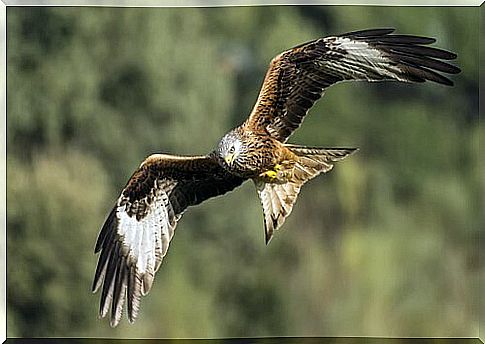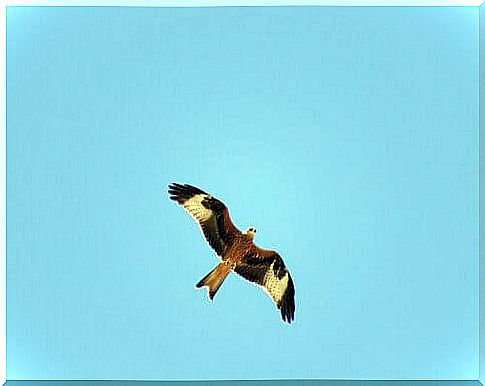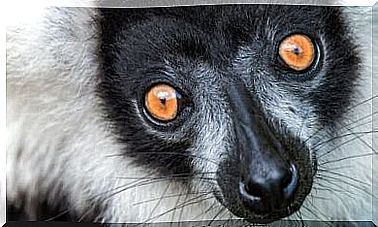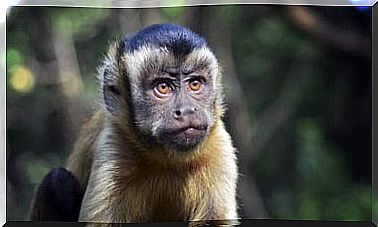Everything You Need To Know About The Red Kite

The red kite is a bird of prey native to Europe. Its stature and physiognomy are reminiscent of the subspecies of the black kite, but it is distinguished by the greyish color of its head. It feeds on small mammals, birds and fish, sometimes on carrion.
Its scientific name is Milvus milvus and it belongs to the Accipitridae family, which is characterized by its curved beak. In addition, it has strong claws, very useful in hunting and an amazing sight. All perfect weapons to leave no way out to its prey.
Like many other species, the red kite is now considered an endangered bird. The main cause is the action of humans on its habitat and poor livestock protection habits. Like wire mesh or poisons.
Characteristics of the red kite
The red kite is a bird of prey that has a length of 60-65 centimeters. In flight it can reach a wingspan of up to 170 centimeters, thanks to the deployment of its large wings. Its weight can vary between 900 grams and 1.2 kilograms.

One of its main characteristics is the color of its feathers. They are brown, reddish and darker and thicker in the chest area. On the contrary, the plumage of its head has a pale greyish hue, which is much lighter in young specimens.
The kite is a species that is easily distinguished among the members of its family, thanks to its appearance. It is striking the orange color of its spread wings, as well as its very forked tail. It is a very stylized bird in its flying form.
Main habits of the red kite
As it has a medium size, its hunting skills differ from those of other larger Accipitrids . It usually feeds on small animals such as rodents or small reptiles. It can also attack animals that are sick or whose mobility is limited, which has given it a reputation for being a somewhat opportunistic animal.
The red kite has a varied diet. In its diet it includes hares, rabbits and country mice, even small birds, fish or small mammals. During the winter it is common to see him eating crickets or the remains of dead animals.
To hunt, the red kite uses its unfailing sight. Its wide wings allow it to swoop down on its prey and reach even very fast animals. With its claws, it keeps prey in the air until it can eat it, in complete tranquility, with the help of its hooked beak.

Where does the red kite live?
Its habitat coincides with forests and countryside, where it lives together with other family members such as eagles or black kites. They live mainly in Western Europe, but also in the Canary Islands and Cape Verde. Numerous specimens are found in Spain, France and also in southwestern Germany.
During the winter, they usually move to warmer areas. It is interesting to note that a large number of these specimens reach Africa by crossing the Strait of Gibraltar.
For nesting, the red kite prefers mountain trees, where it hides waiting for rodents. Their nests are elaborated with branches and leaves, and hatching includes one to three eggs. During the incubation period, the male replaces the female when she needs to feed.
The red kite at risk of extinction
The total population of red kites in Europe is estimated to be between 19,000 and 24,000 pairs. The decline of this species has been significant since the 1990s. Today this raptor is included among the animals in danger of extinction, present in the Red List of the IUCN ( International Union for the Conservation of Nature ).
Currently, the red kite is the victim of many actions that endanger the survival of the species. Unplanned deforestation, poisons and traps set up for other animals are some of the main causes that are pushing this beautiful bird to the brink of extinction.








